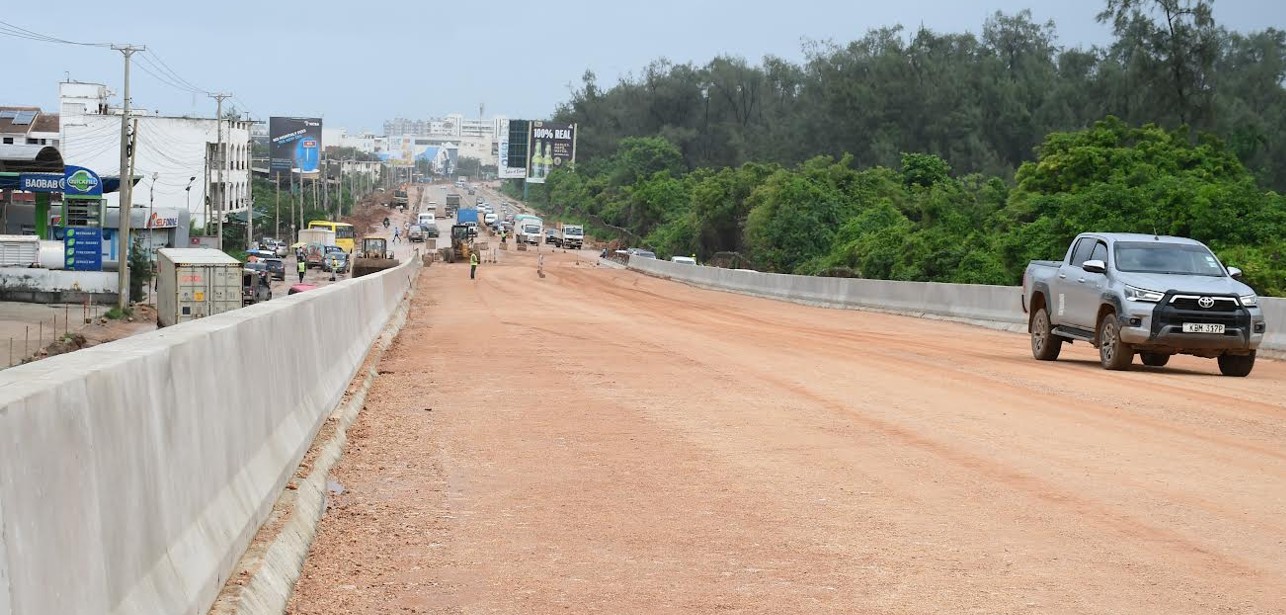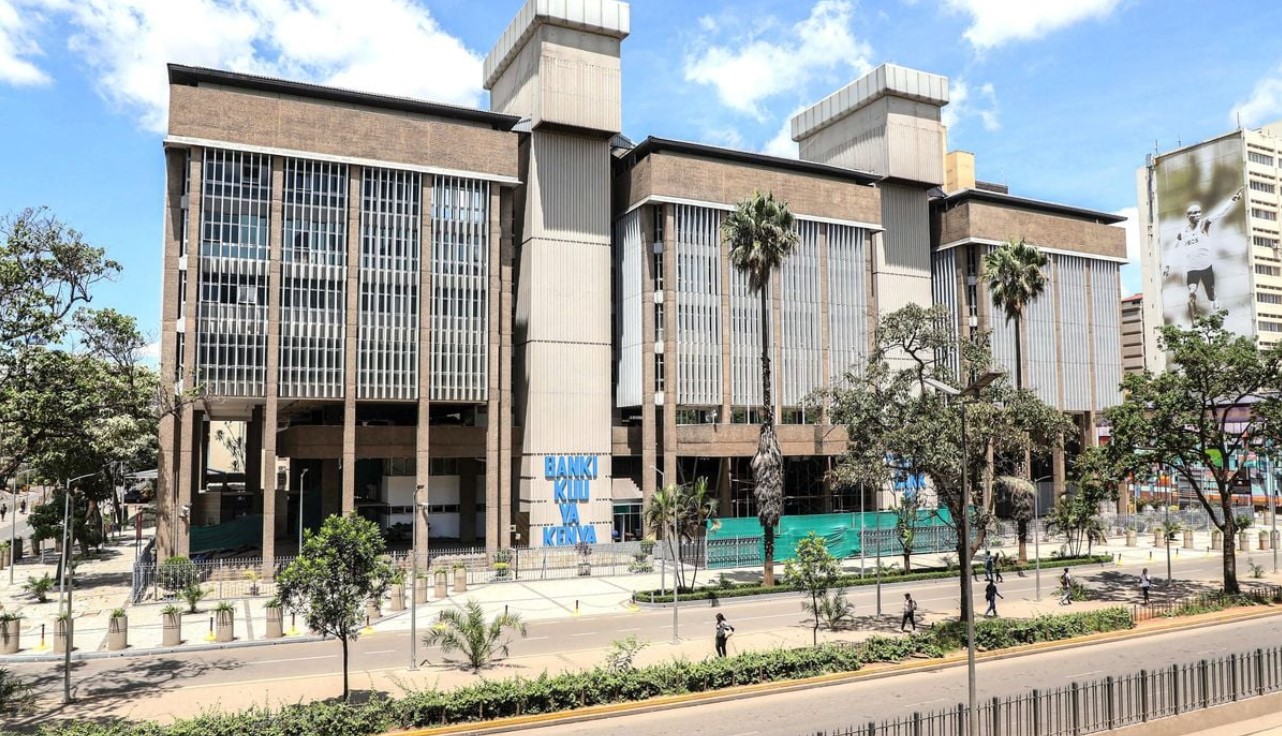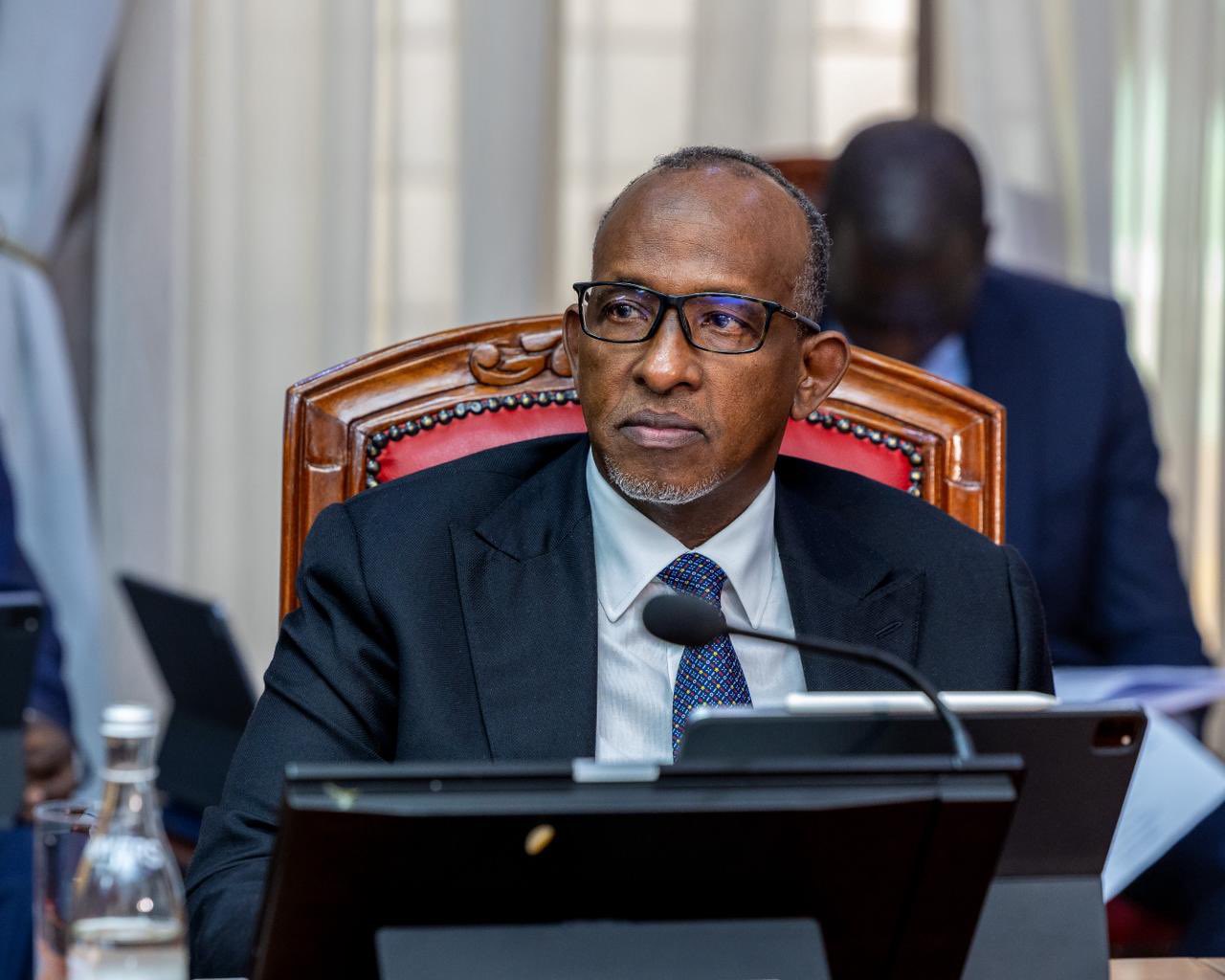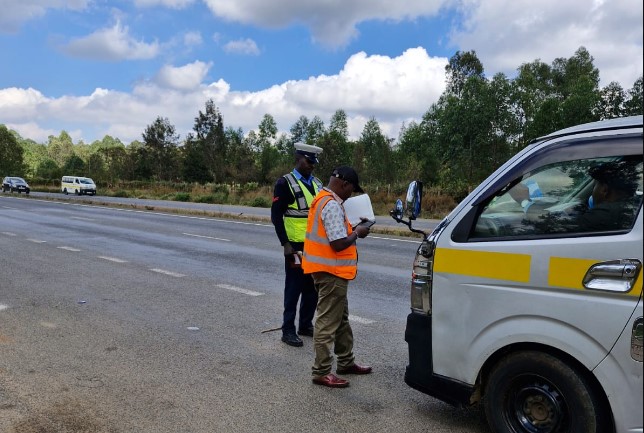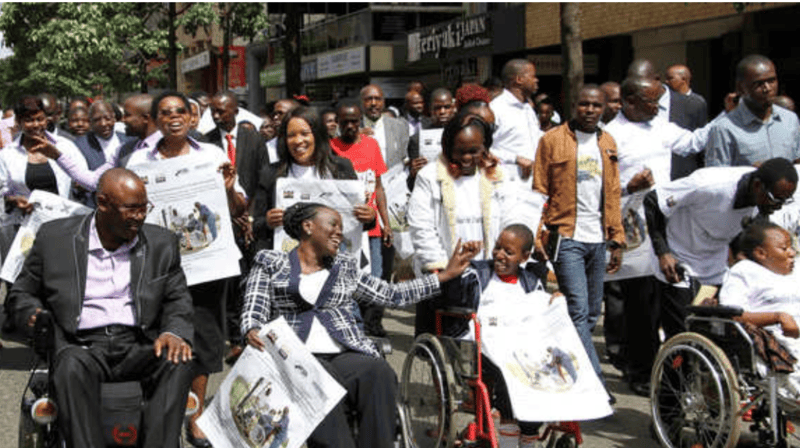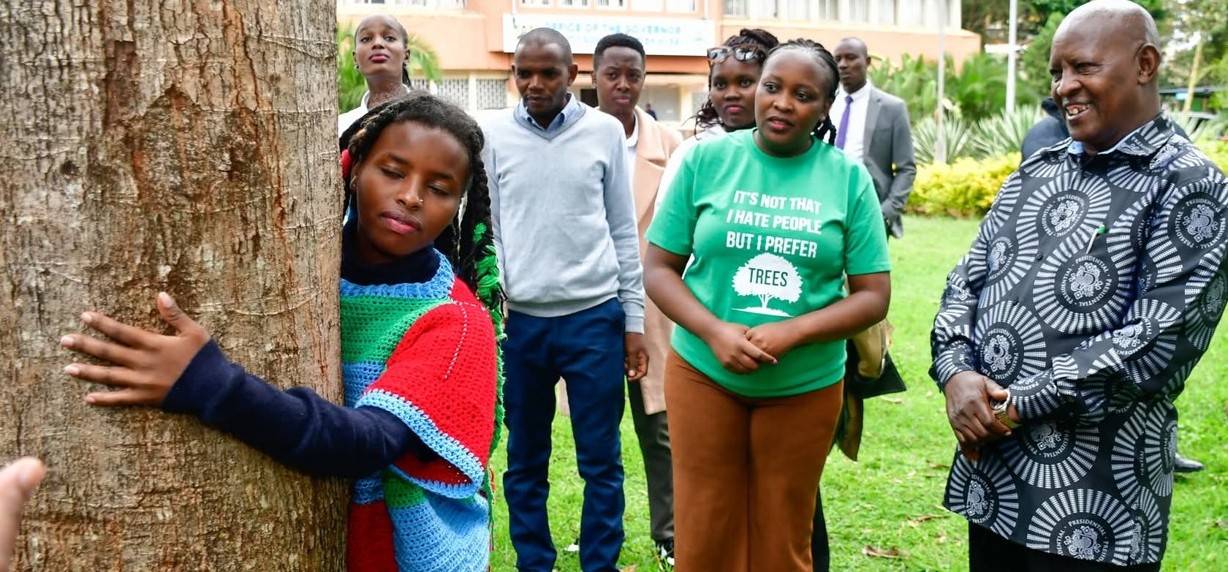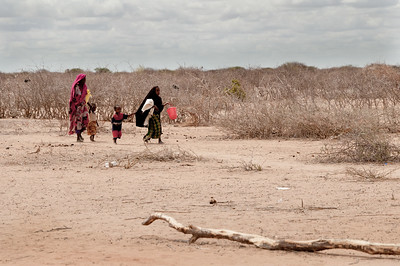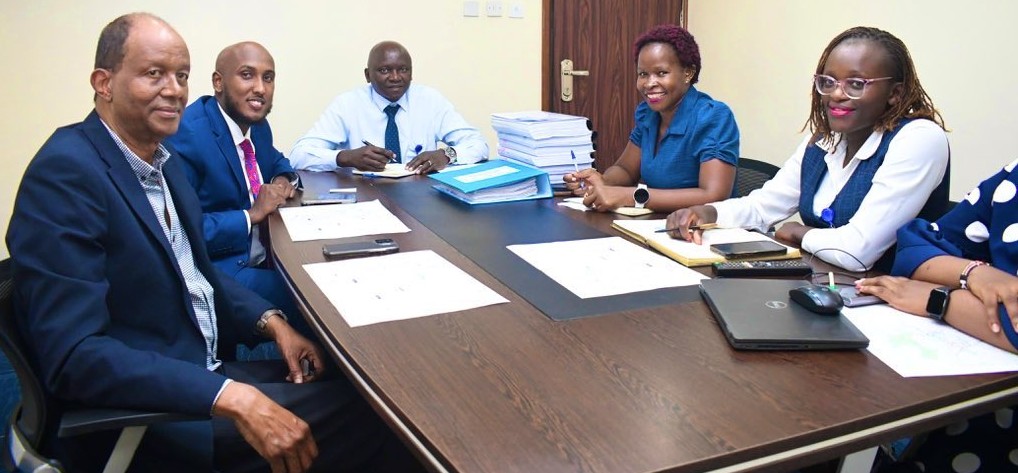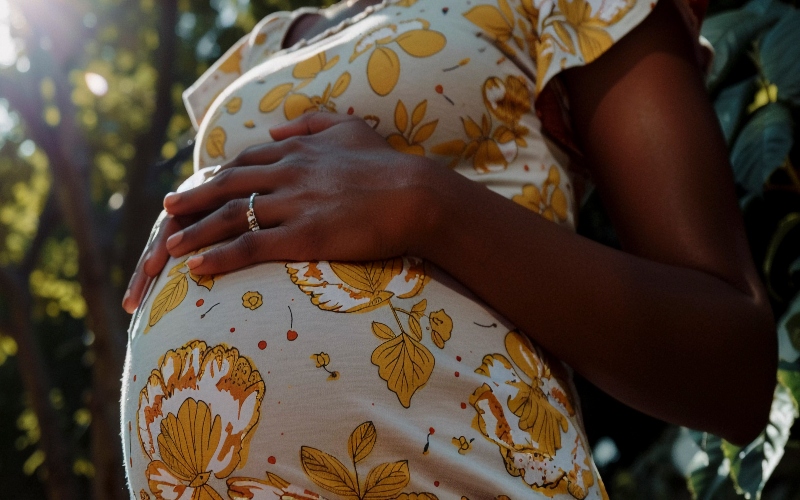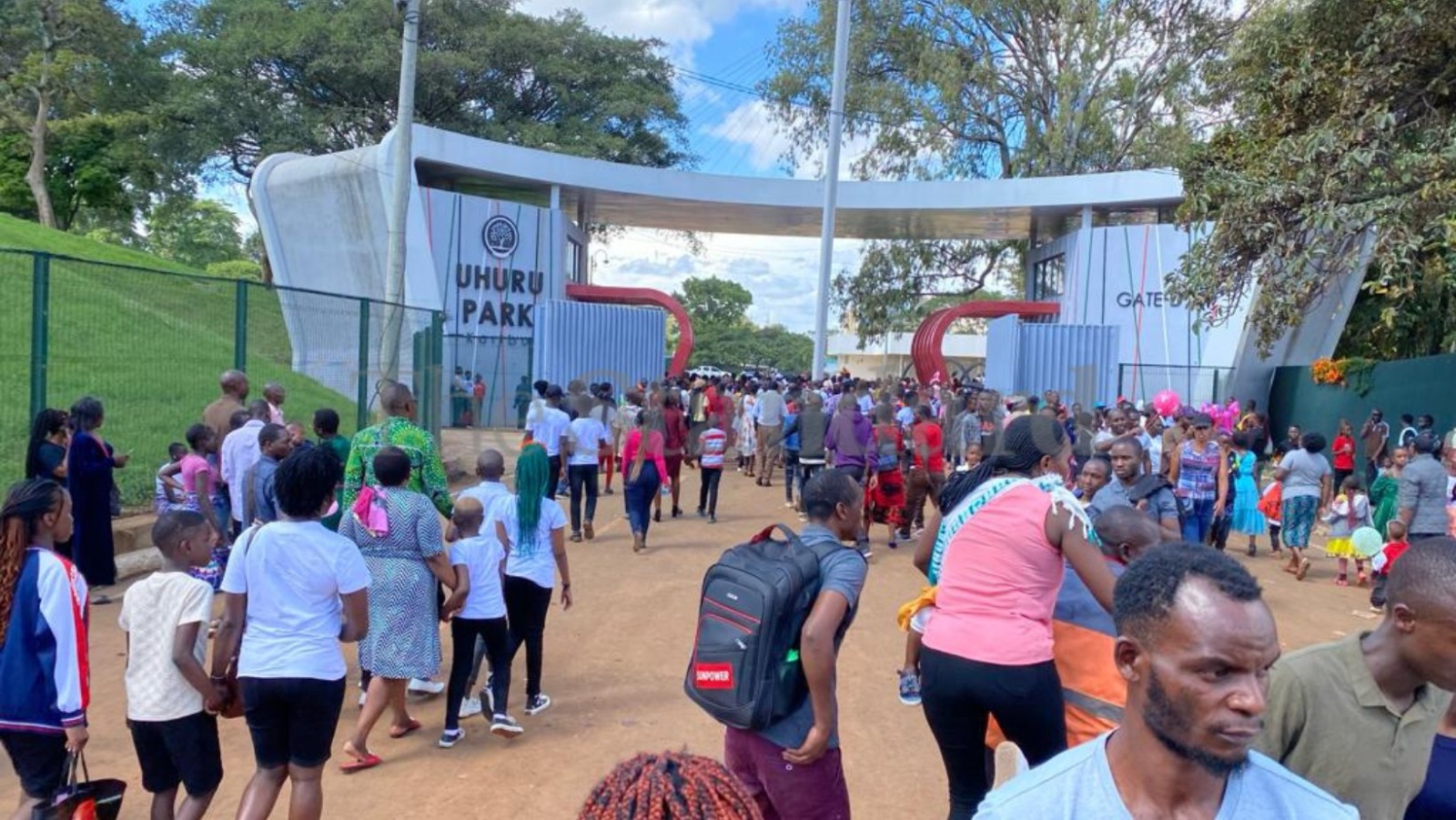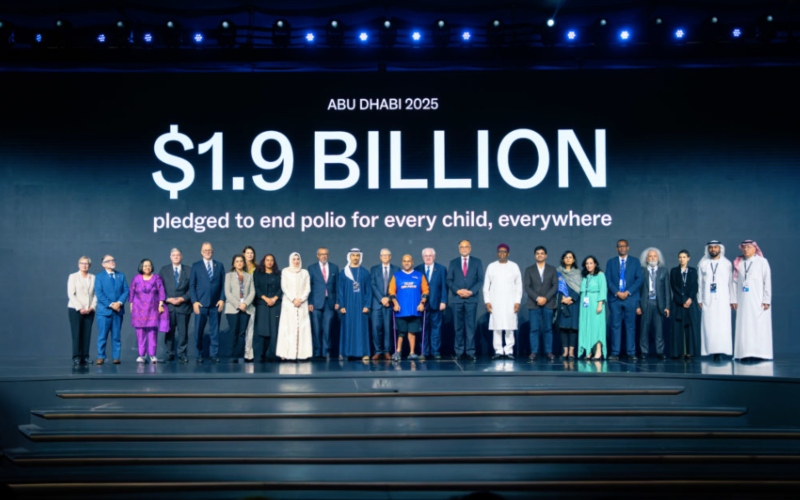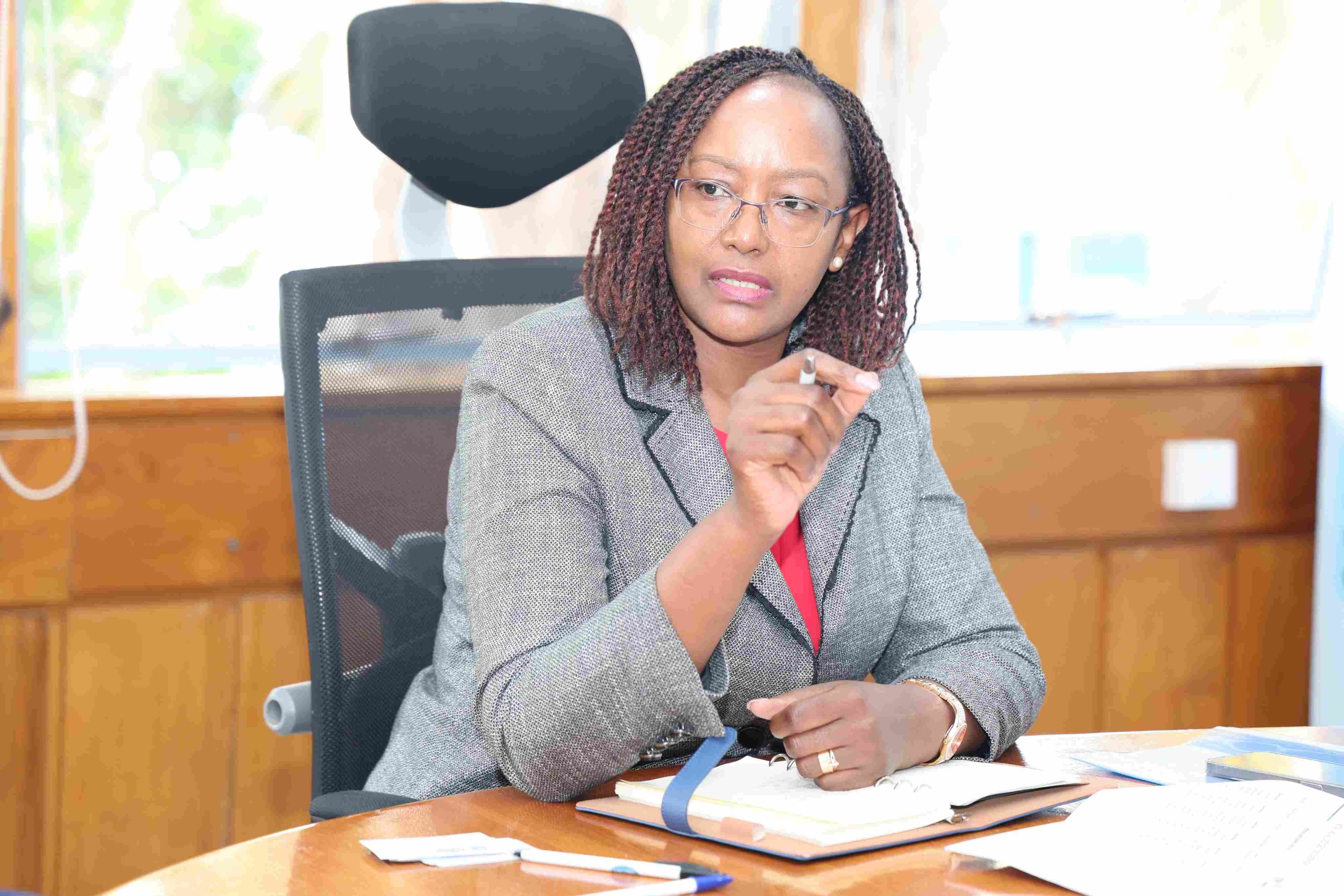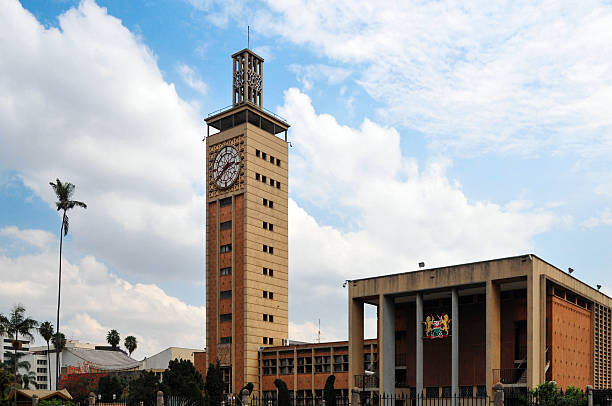Mombasa turns trash into opportunity through historic Sh17 billion waste management partnership
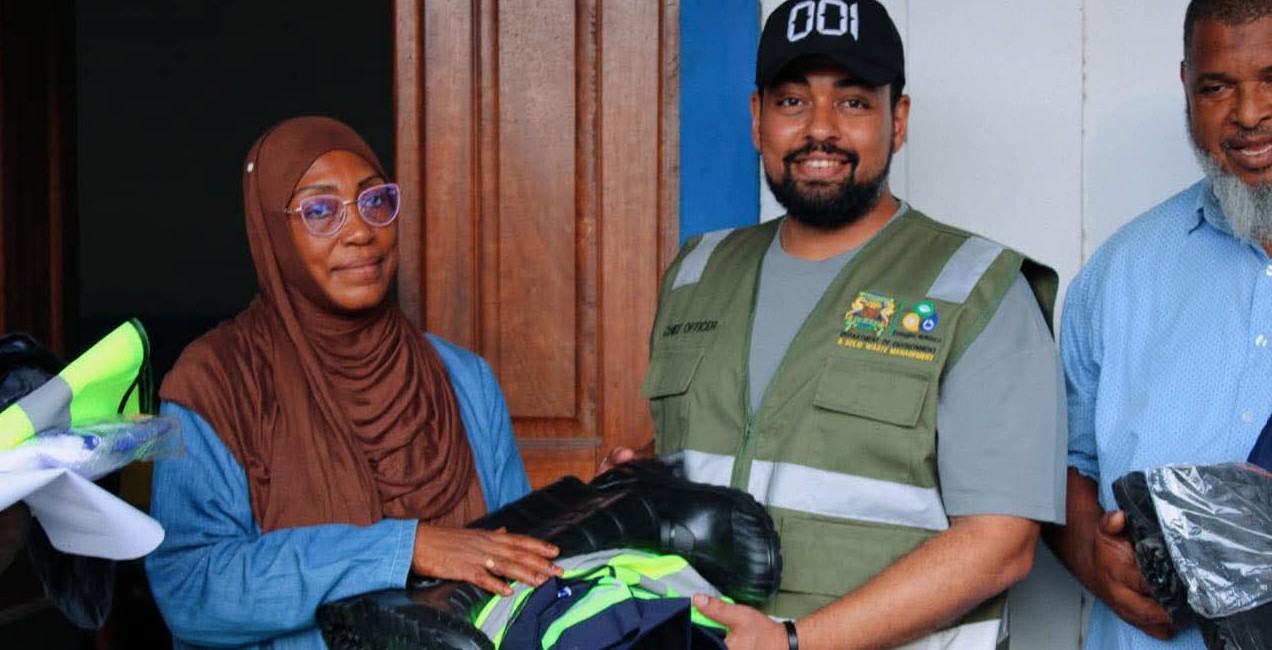
Mombasa residents and youth groups are leading a Sh17 billion waste clean-up initiative, creating jobs and restoring the city’s streets after decades of neglect.
For decades, Mombasa’s beauty has been overshadowed by its own waste. Mountains of rubbish rose where children once played, while tourists navigating the city’s narrow streets were often met with the stench of decay.
But a quiet revolution is now unfolding — one led by the very residents who have lived through years of neglect.
More To Read
- KeNHA set to ease holiday traffic with partial opening of Mombasa–Malindi highway
- Anger in Mombasa’s Mikindani as families rely on costly bowsers amid prolonged water crunch
- Mombasa sets January deadline for tuk-tuk operators' SACCO registration
- Man charged with schoolgirl’s murder shocks court, seeks plea deal
- Mombasa cracks down on illegal dumping of construction waste
- Government steps up security in Mombasa to curb rising gang activity
“I used to pass through three illegal dumpsites just to reach the main road. They are not completely gone. But it feels like we are reclaiming our neighbourhood,” said Jamila Lali, a resident.
By August 2025, more than 50 illegal dumpsites had been shut down under a renewed effort by the Mombasa County Government to restore the city’s image and safeguard public health.
A 2024 report by Haki Yetu Organisation had painted a grim picture, identifying over 74 active dumpsites, most of them in Likoni and Kisauni. Now, there is hope that the tide may finally be turning.
The transformation began after Mombasa entered into a Sh17 billion partnership with Ghana’s Jospong Group of Companies (JGC), a 35-year deal to modernise the city’s waste collection and management systems.
Three-month pilot phase
The collaboration, currently in a three-month pilot phase, involves 41 youth groups from across the county. More than 3,000 young people are expected to secure jobs under the initiative, earning between Sh100,000 and Sh150,000 per group each month.
“This is not just a job for us. We have lived with this garbage all our lives. Now we are the ones clearing it. It feels good to be part of the solution instead of just complaining,” said Zuberi.
For him, the work represents more than just an income. “It is also about respect. People used to call us lazy or useless, but now, when they see us cleaning our areas, they stop to thank us.”
This week, more than 500 young men and women gathered at the county offices, clutching their newly issued Certificates of Good Conduct — a requirement for employment. They were also vaccinated against potential infections as they prepared to begin what many described as a new chapter in their lives.
“We have grown up seeing rubbish piled up and no one caring. I joined one of the youth groups because I wanted to show that even women can be part of cleaning our city. It’s not men’s work alone,” said Aisha.
Closely monitored
According to Environment County Executive Kibibi Abdalla, the pilot phase will be closely monitored, and lessons learned will shape the county-wide rollout.
“We want to learn, adjust, and then scale up. After the trial, we will engage over 200 groups, expanding the reach to all six sub-counties,” she said.
For years, Mombasa relied on outdated 10-tonne tipper lorries for waste collection — vehicles ill-suited for the job. The new partnership promises modern compactor trucks, currently being finalised in Nairobi. Each compactor will handle loads equivalent to four tippers, significantly reducing trips and fuel costs.
600 micro-zones
The county has been divided into 600 micro-zones to allow structured and efficient waste collection. Garbage will be collected from homes and taken to central points such as the Mvita Environment Yard for sorting before being transported to the Mwakirunge disposal site.
Even Mwakirunge is set for transformation. Plans are underway to convert the dumpsite into a sanitary landfill — an engineered facility designed to minimise pollution and capture methane gas for reuse.
In Tudor, boda boda rider Ali Kombo said the changes have made his daily routes smoother. “Before, I had to swerve around piles of rubbish on the road. Now, I can pass without covering my nose. It makes you proud of your city again.”
Still, not everyone is convinced the progress will last. “We have seen clean-ups before. They start strong, but after a few months, the garbage returns. This time, I just hope they stick with it,” said Mama Khadija.
The County Executive for Lands, Sewerage, and Solid Waste Management, Mohamed Hussein, acknowledged the concern. “We cannot afford to fail. This is not a photo project; it is a long-term plan to change how we handle waste, from our homes to the landfill.”
Governor Abdulswamad Nassir’s administration has prioritised clean water, drainage, and waste management as part of his 10-point manifesto, and officials say progress is already visible. “It won’t happen overnight, but we are building a system that lasts,” Hussein added.
In Kisauni, Abdalla Omar, who once ran an informal dumpsite, now volunteers to educate neighbours on proper disposal. “Before, we did not have a choice. Now the county is collecting waste regularly. I tell people, let us not go back.”
It is still early days, but for many residents, Mombasa’s clean-up has brought something they have not felt in years — hope.
If the pilot succeeds, Mombasa could emerge as a model for sustainable waste management in urban Kenya — a city finally breaking free from the weight of its own garbage, led not by outside saviours but by its own people.
Top Stories Today
